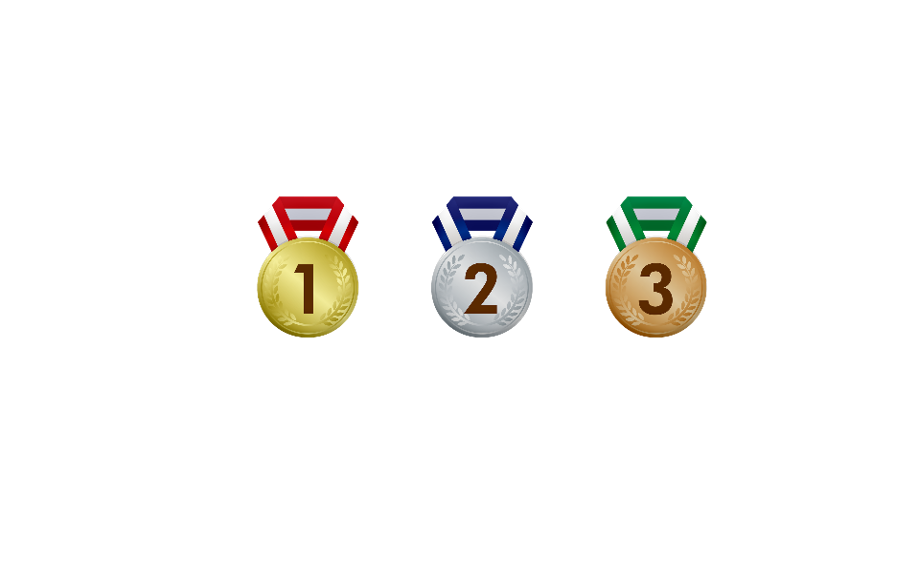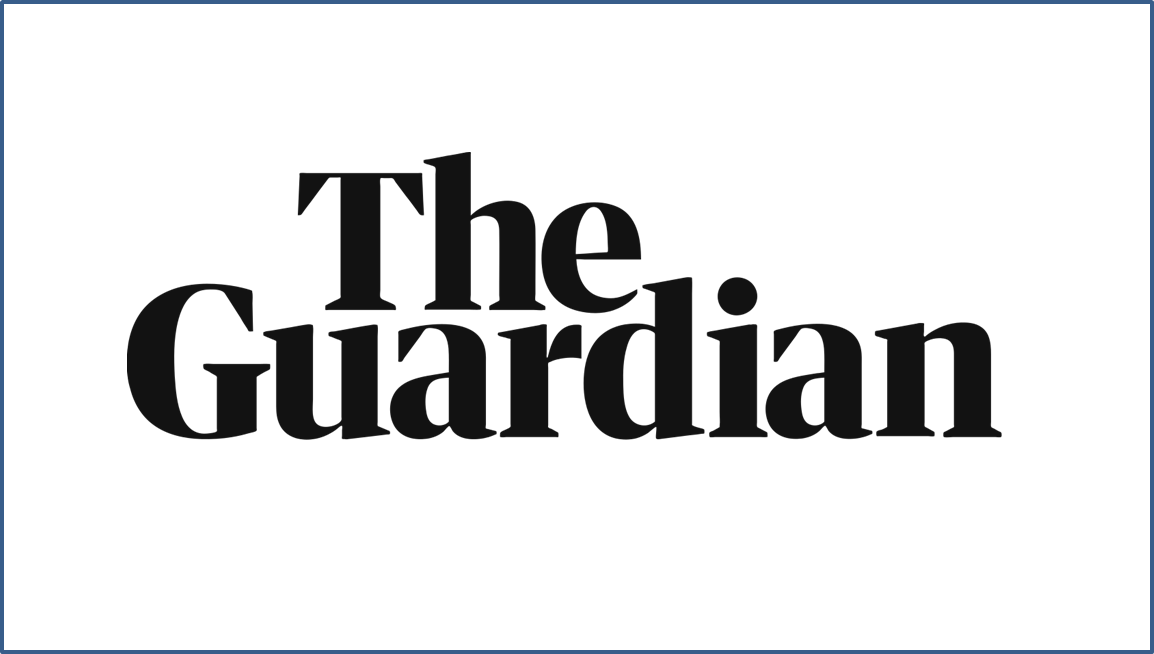Gold, silver or bronze: Olympic swimming podium places may be decided by time of day
The time of day that an Olympic swimming race takes place may affect athletes’ performance and could mean the difference between gold, silver and bronze, according to a study published in Scientific Reports. Countries selected to host the Olympics may adjust race times to accommodate broadcast across continents, requiring athletes to compete at different, sometimes…









